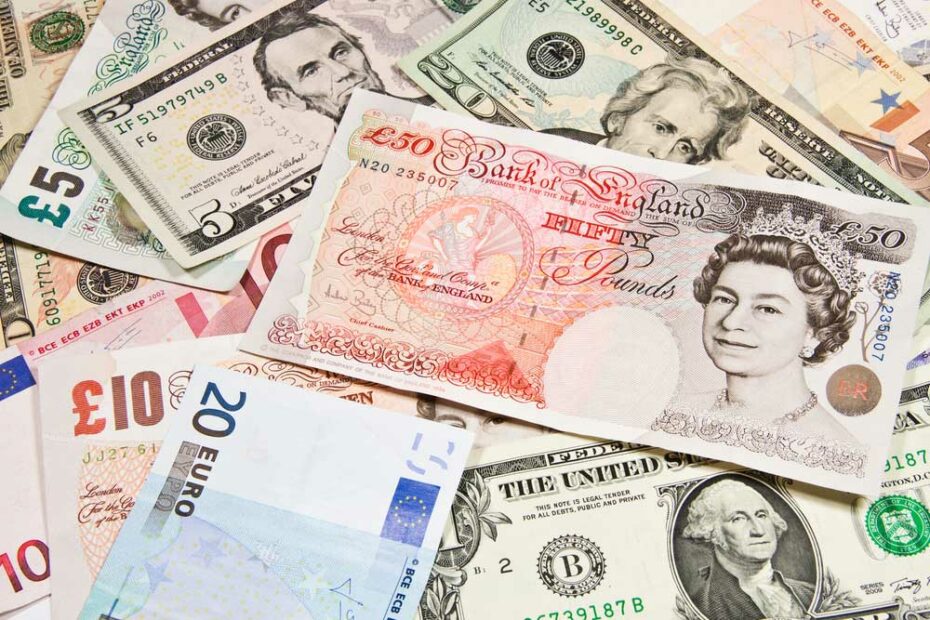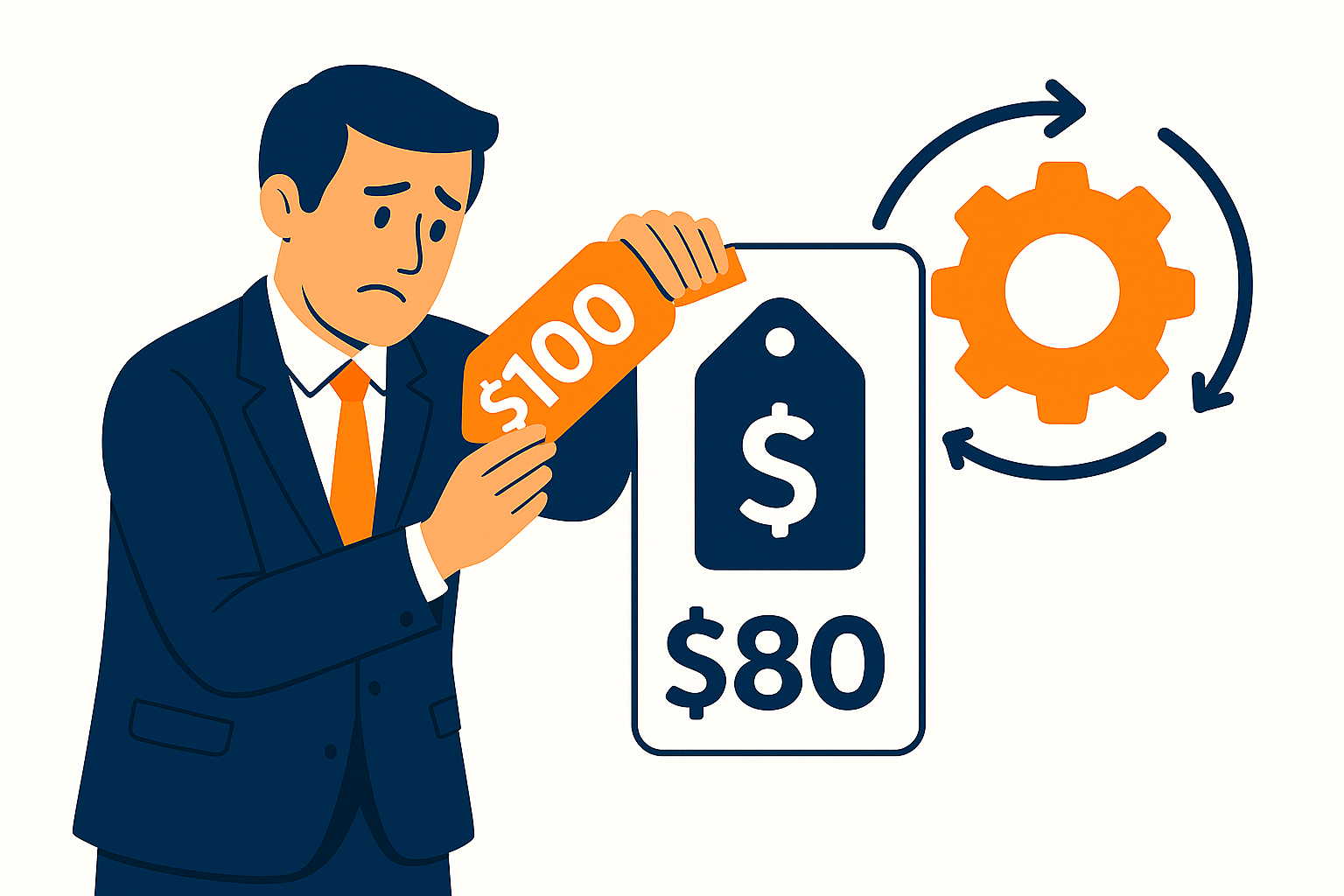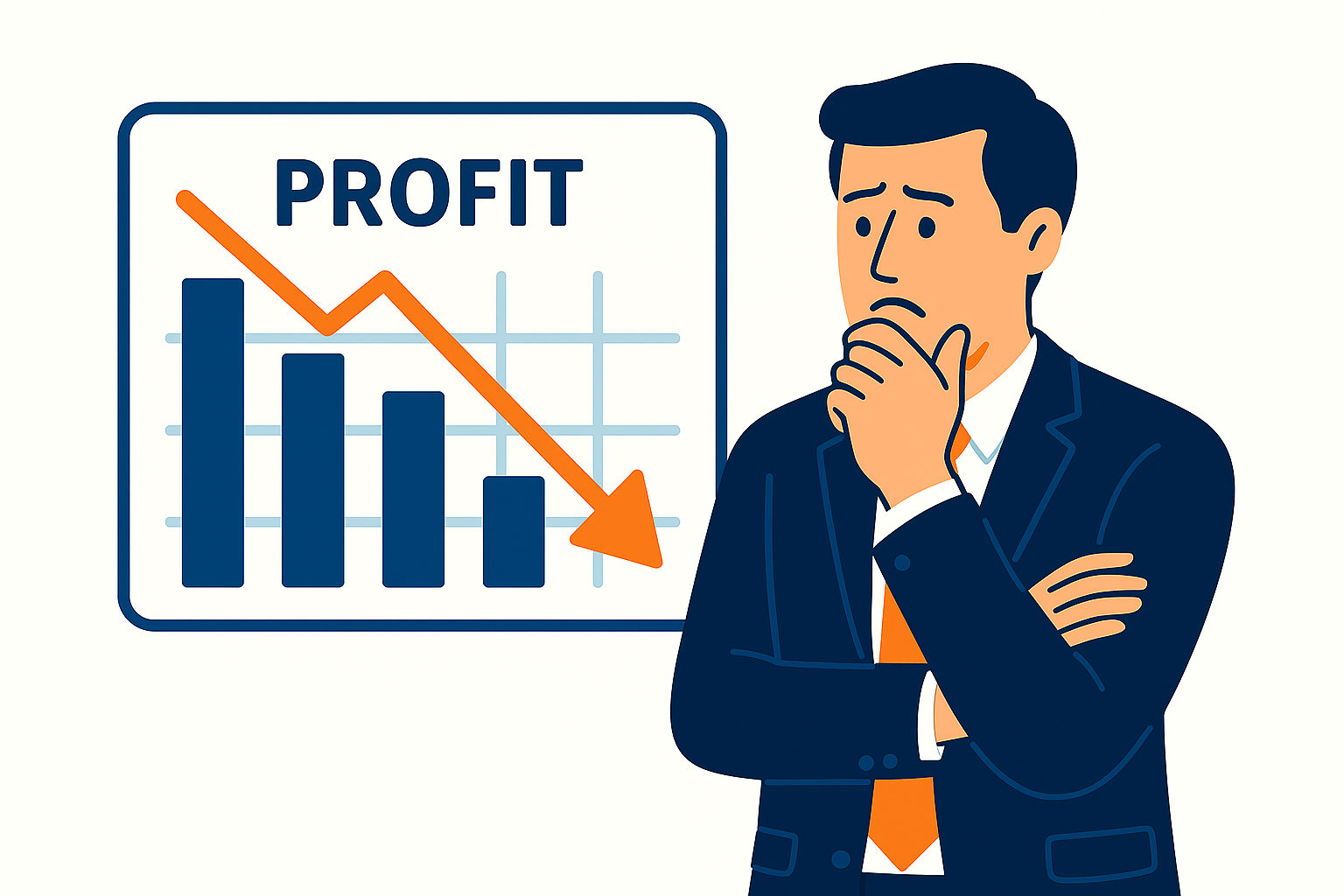Ask 100 online retailers what their pricing strategy is and it’s a fair bet that at least 90 of them will struggle to provide you with a credible answer. Out of all the potential advantages a business might pursue, there is one very powerful advantage that is available to all, but very rarely given the attention it deserves –it’s the advantage of price. In fact, it’s ironic that despite pricing having the biggest impact on profitability, very few companies have a effective pricing strategy or even give any thought on this critical area of their business.
- “We are not the cheapest but not the most expensive”
- “We don’t focus on price, we focus on service”
- “We have no control over price; it’s driven by the market!”
are all very common responses but these responses can’t be the basis of a coherent or effective pricing strategy. The fact is, price is one of the most important profit levers available to a retailer, and price decisions are some of the most critical decisions that a company can make.
So why do most companies do such a lousy job of it?
- “Because pricing is complicated”
Well, yes and no. It isn’t that difficult to do but it does require having access to sufficient data to support the decision making process. Costs, competitor prices, stock availability, margins and sell-through are just a few examples of the sort of data you will need to have to hand in order to make an informed decision. - “Because this data is so hard to collect!”
It is if you try to do it manually! But technology is a wonderful thing, and there are many tools out there that can do the heavy lifting. - “It just takes too long” Again, it can take up a lot of time if you do it manually, but if you are smart and take advantage of technology it can become a very quick and efficient process.
- “The market sets the price” Now this is the ultimate cop-out, and also includes “I don’t do it because it’s not manageable” and “Prices are set by consumers or crazy competitors”. You can choose to take this approach, but as a result you are effectively saying the market controls you and that’s not going to be good for your long term survival.

Competing on price is a game that’s hard to win in the long term – (even if you are Amazon) and the issues above can be real challenges. However, it is possible to deal with them – it will just require some effort. Likewise, developing a effective pricing strategy takes commitment and resources. But the return can be very significant and will make all the hard work well worthwhile. Getting your pricing right is the fastest and most effective way to grow profits, and even small improvements in price can translate to huge improvements in operating profit.
So let’s do the maths…
Starting with a price indexed at 100 (lets ignore VAT for the moment) your fixed costs (overhead, rent rates, wages etc.) are indexed at 20% of price. Your variable costs (cost of goods, marketing etc.) are indexed at 70% of price. So this leaves an average profit index of 10%. Now consider what happens when you increase your price by 2% i.e. prices rises from 100 to 102 Assuming volume remains the same, then variable costs are the same (70%) and fixed costs will also be constant (20%). Your operating profit, however, increases from 10% to 12% – that’s an increase of 20%! So even minor percentage increases in price (2%) can result in a large increases in profit (20%).
Here are a few other considerations:
Price Elasticity: This is the measurement of how changing the price affects the sales volume. For example: “If I lower the price of my product, how much more will I sell?” or “If I raise the price, how much less will I sell?” The irony here is that, in my experience, almost nobody measures this, and most of the time we drop prices without any real benefit to the bottom line. Typically we might sell more products, but the increase in units doesn’t compensate for the loss of real margin at the lower price.
Economic climate: We live in tough economic times which have resulted in consumers being more price sensitive than ever before, but price has never been the only factor in the buying decision. Your company brand and reputation, product availability, shipping and payment options can all help to support and optimise your margins.
Competition: If you sell products that are widely available from other suppliers you are always going to have to work harder to convert the customer – you’re only 1 click away from oblivion! This doesn’t mean you always have to be the cheapest to remain in the game but you do have to be the smartest as far as your pricing strategies are concerned. Today’s consumers are time-poor and don’t want to spend hours and hours searching around for a deal that will only save them a few percentage points. That’s precisely why developing a pricing strategy can give your business such a powerful competitive advantage. It takes some effort, but the rewards (as our simple business example demonstrates) are quite significant.
Implementing a effective price strategy doesn’t have to be a manual time consuming process. Technological advancements that came with the digital age gave birth to Price Intelligence that does all the “heavy lifting” required to help you better set your prices!






